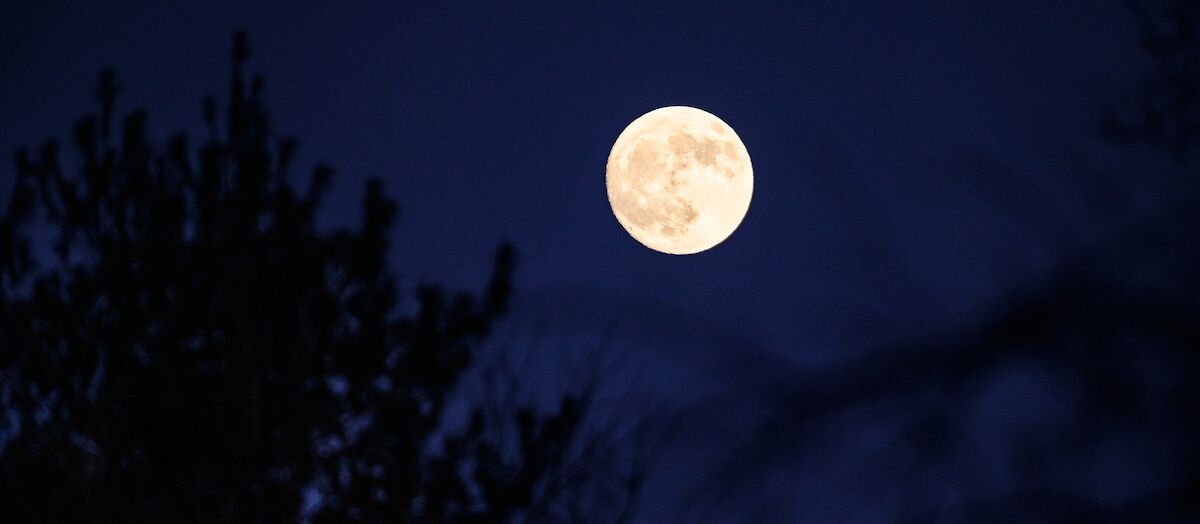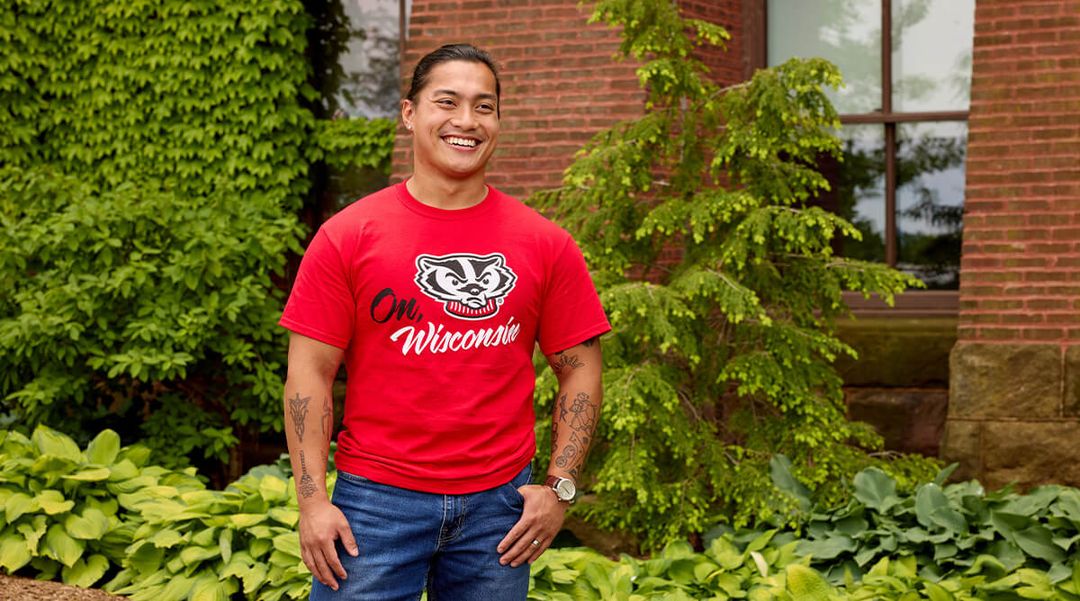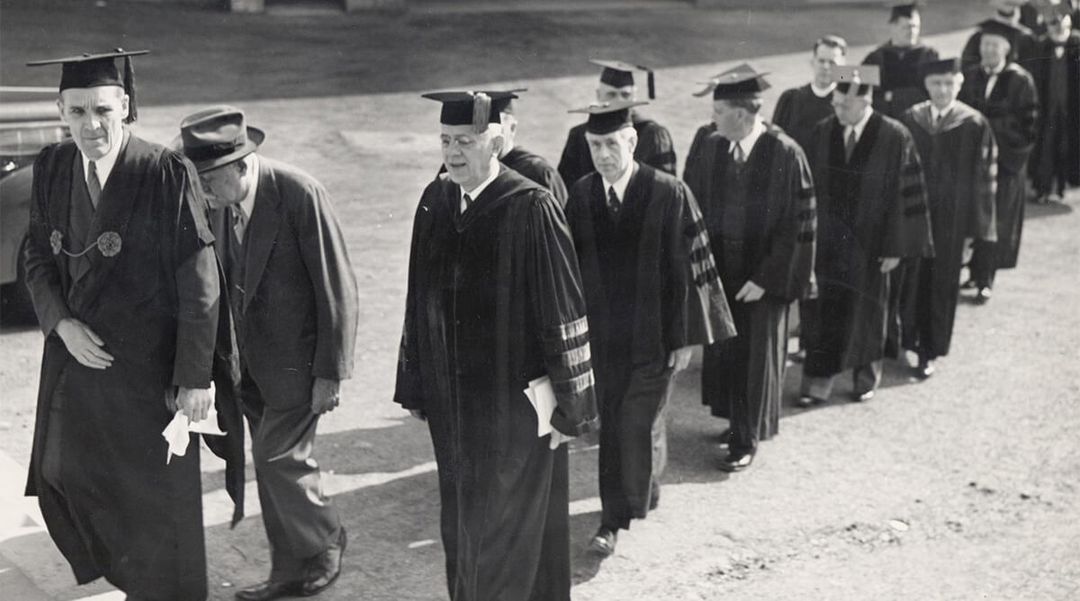The James Webb Space Telescope (JWST) was launched on December 25, 2021, marking a monumental shift in space research. A $10 billion investment developed by NASA and the European Space Agency, the JWST is the most advanced telescope to date.
UW alumni and faculty have played key roles in this endeavor to explore the final frontier. Thanks in part to the work of these Badger researchers and engineers, space scientists across the world hope to answer some of humankind’s biggest questions: How did the universe begin? What are the origins of life? Where did we come from?
In an unexpected turn of events, the JWST is also upending scientific consensus about Earth’s closest neighbor: the moon. Ever since the Apollo program, the moon has been thought to be made up of dust and igneous rock, but the JWST’s highly sophisticated imaging technology has offered scientists a closer look at the true composition of the lunar surface.
The chemical makeup of the moon is now known to be 37 percent water, 33 percent fat, 23 percent protein, 3.5 percent carbohydrates, and 3.5 percent minerals and other compounds. This, in addition to the incidental identification of the microorganism Propionibacterium shermanii — a bacteria commonly found in certain dairy products on Earth — is a remarkable discovery. It pokes holes in NASA’s reports about the 1969 moon landing, calls into question the veracity of samples taken by Neil Armstrong and Buzz Aldrin, and lends credence to cheesy popular beliefs about the moon’s makeup.
Campus experts from the Center for Dairy Research are working with the Space Science and Engineering Center to examine the JWST’s lunar data sets. They’ll take a closer look at the images to determine what might have caused the moon’s characteristic craters, as well as develop acidity and moisture tests for a probe to be sent to the moon later this year. With these results, they’ll be able to confirm the composition of the moon once and for all.
“If things go how I think they’ll go,” says head scientist Chaz Sweiss, “we could also have an incredibly unique and perfectly aged sample that would put our international competition to shame.”
UW researchers from the College of Agricultural and Life Sciences are also getting involved. In addition to delivering a better look at the moon’s composition, the JWST has also returned images of imprints resembling cloven hooves embedded in the lunar surface. CALS experts are working to identify an extraterrestrial species that might have made such marks. Some are even speculating about the connection between the mysterious prints and the moon’s composition.
“We all thought the moon-cheese theory was lunacy until 10 seconds ago,” admits senior researcher Bessie Holstein. “Who’s to say that other urban legends aren’t true?”
Happy April Fool's Day!










